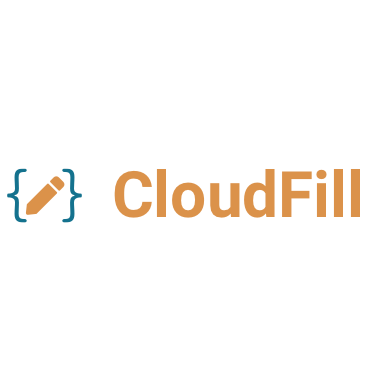CloudFill is a cloud-based data integration platform that streamlines data workflows and enhances operational efficiency.
Supercharge your data operations with AI agents that can leverage real-time insights for intelligent automation.


CloudFill excels at connecting and processing data from multiple sources in real-time. Relevance AI transforms this integrated data into intelligent action through AI agents that can analyze, decide and automate.
Seamless Data Orchestration
Effortlessly connects and manages diverse data sources for enhanced workflows.
Real-Time Insight Generation
Delivers immediate data-driven insights to inform critical business decisions.
Dynamic Predictive Analytics
Utilizes historical and real-time data to forecast trends and optimize strategies.
Relevance AI gives you access to CloudFill's data integration capabilities within your AI agent workflows.
What you’ll need
You don't need to be a developer to set up this integration. Follow this simple guide to get started:
- A Relevance AI account
- An Airtable account with access to the base and table you'd like to use
- Authorization (you'll connect securely using OAuth—no sensitive info stored manually)
Security & Reliability
The integration leverages secure OAuth authentication, ensuring only authorized workflows access your CloudFill data. Relevance AI manages API operations seamlessly in the background—handling authentication headers, request formatting, and response processing automatically.
Built-in request validation and response handling ensure reliable data exchange between your workflows and CloudFill's API endpoints.
No training on your data
Your data remains private and is never utilized for model training purposes.
Security first
We never store anything we don’t need to. The inputs or outputs of your tools are never stored.

Best Practices for Non-Technical Users
To get the most out of the CloudFill + Relevance AI integration without writing code:
- Configure API authentication: Ensure proper OAuth setup and permission scopes are granted.
- Structure your requests: Use consistent endpoint paths and proper HTTP methods for each operation.
- Validate response data: Check status codes and response bodies to confirm successful API calls.
- Handle rate limits: Implement appropriate delays between requests to avoid API throttling.
- Monitor usage: Track API consumption and maintain logs for troubleshooting integration issues.








